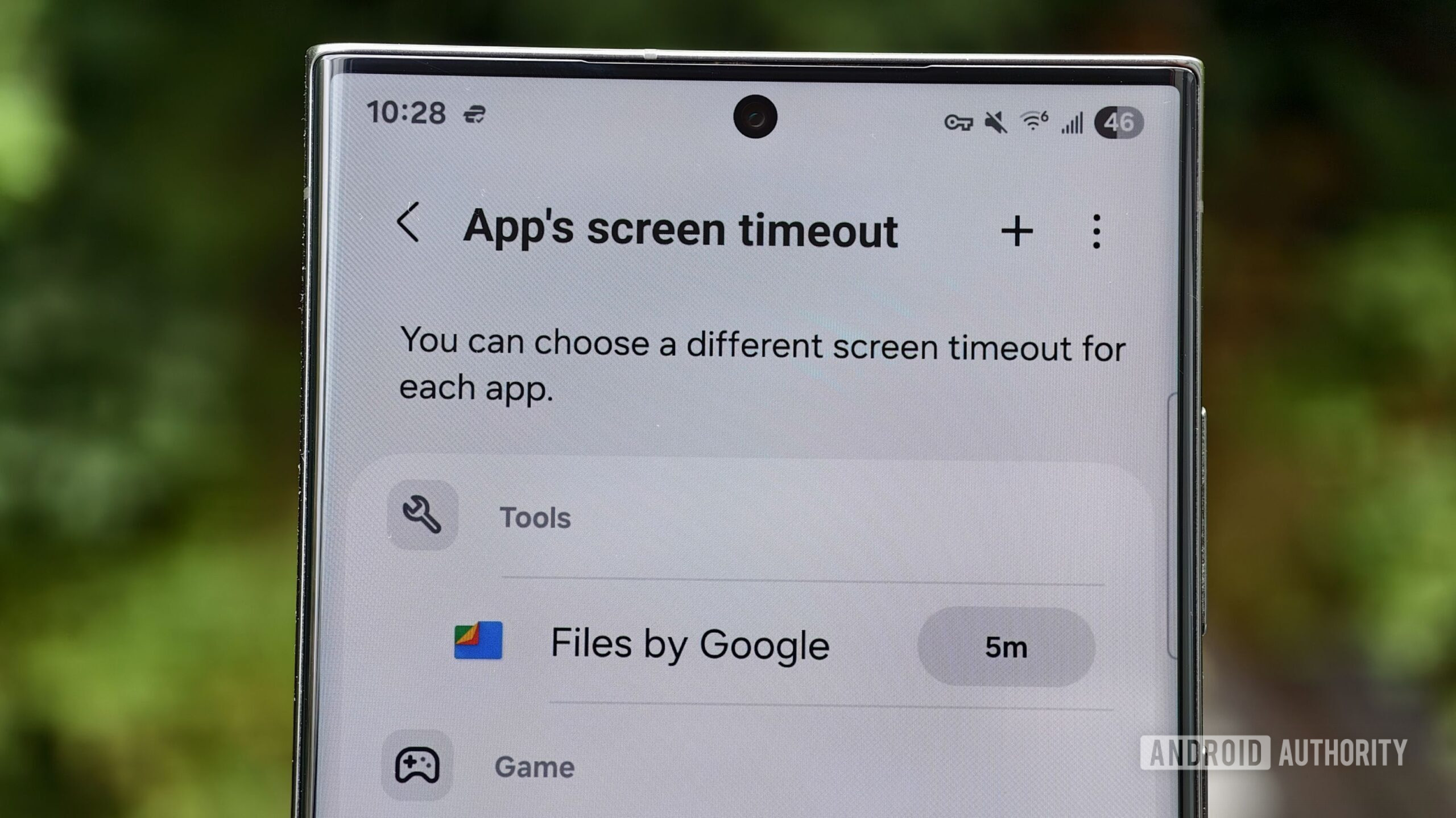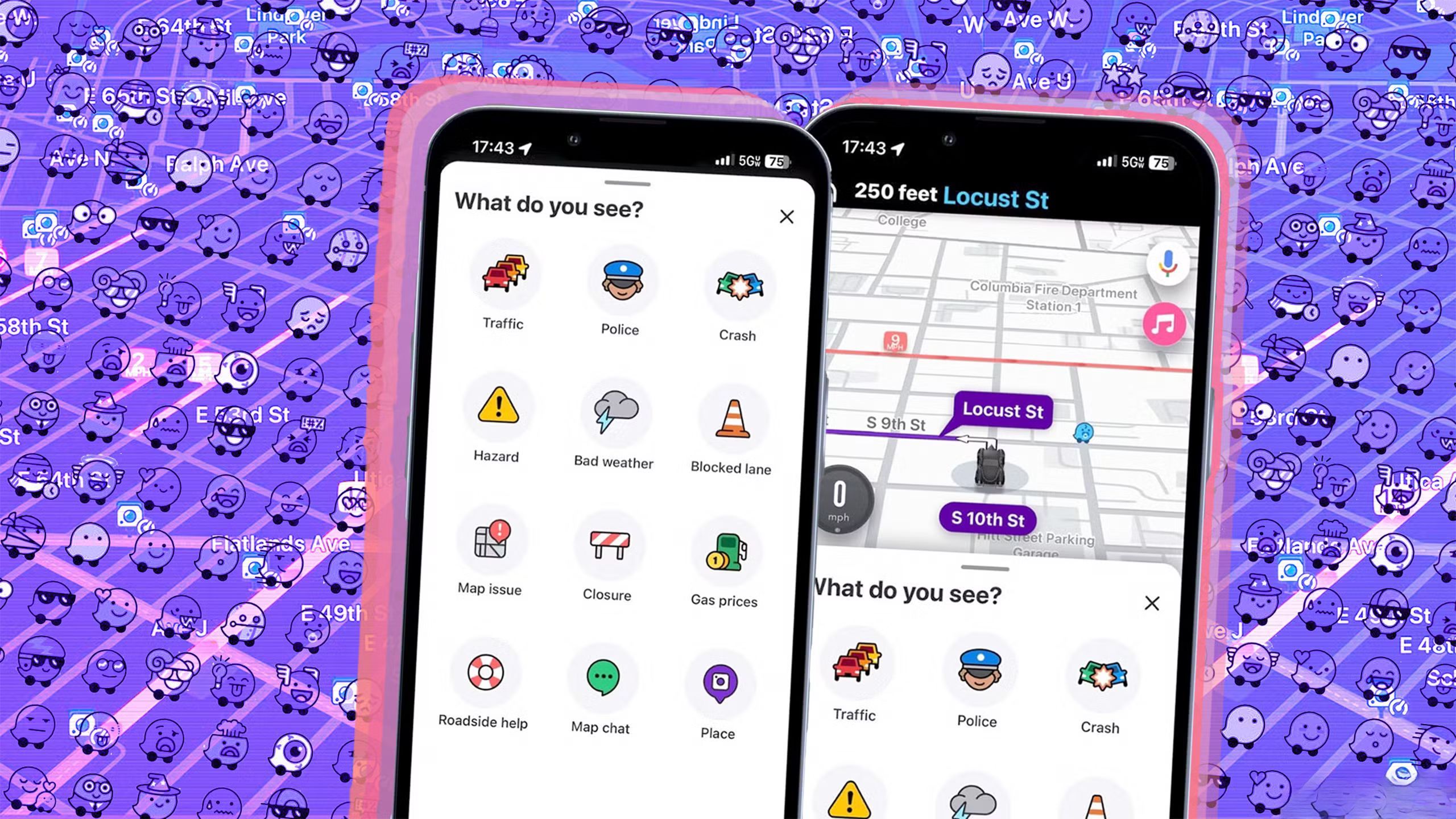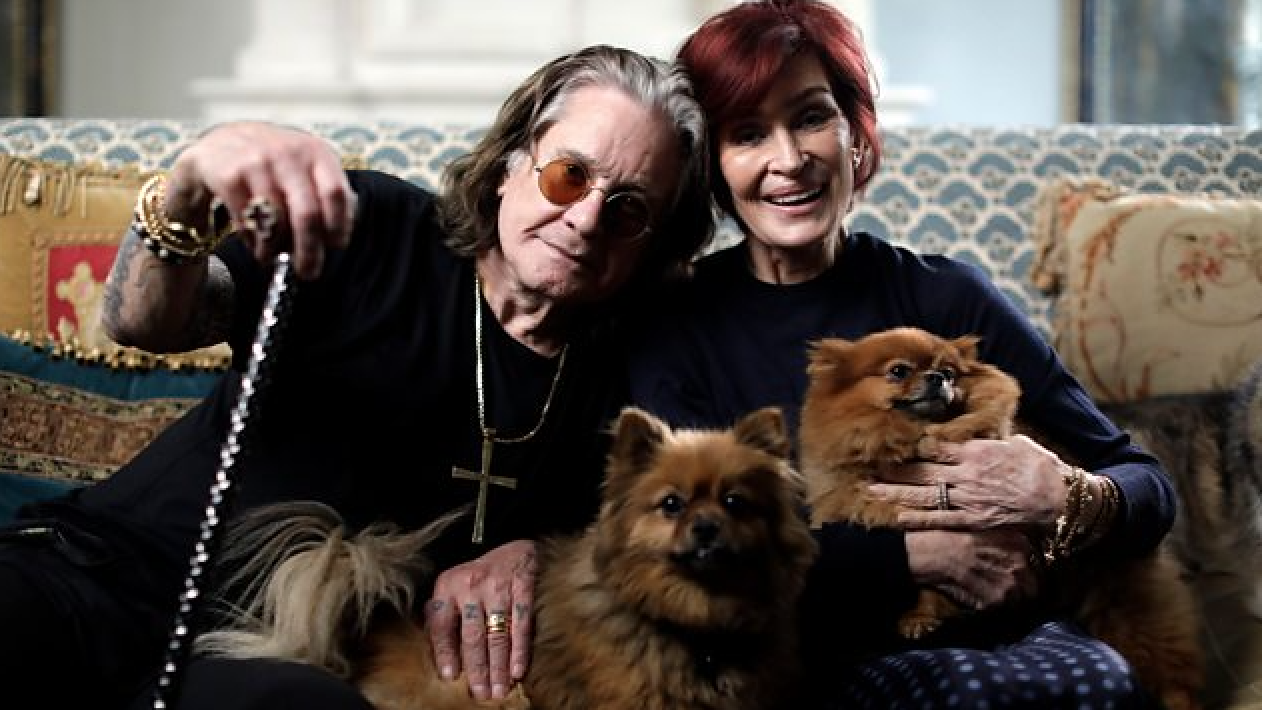Maybe it’s just me, but it recently occurred to me that, unlike a few years ago, I’m now free to enjoy YouTube content without wondering if I’m supposed to. It’s a small change, but it’s shifted how I interact with the platform in ways I didn’t anticipate.
The Subtle Psychology of Dislikes
When YouTube announced that it was getting rid of public dislike counts in late 2021, the internet reacted the way it always does by splitting into camps and arguing about it. Some framed it as a way to protect creators from harassment. Others were convinced it was just shielding brands and big corporations from public humiliation. And then there were the folks who liked having that number front and center, because, well, how else do you know if a video’s worth your time?
Personally, I never saw the dislike count as just a statistic; rather, it felt more like a preface to the story I was about to watch. When I’d click on a video and see a towering stack of dislikes right beside the likes, my brain would instantly start filling in the blanks: This is probably bad, or Everyone hates this, so you will too. It was a lot like glancing at a movie’s Rotten Tomatoes score before hitting play, causing your expectations to shift before the first line is even spoken.
This is called herd mentality. Humans like to align with the perceived majority, even if we don’t consciously realize we’re doing it. And on YouTube, the visible dislike count was one of the clearest markers of collective opinion. Sometimes that was helpful, like when a how-to video was wildly inaccurate or a product review was sponsored nonsense. But other times, it meant good content could be buried under a cloud of negativity for reasons unrelated to quality.
Maybe the creator had a bad week and got caught in an unrelated controversy. Maybe a fanbase from another channel decided to mass-dislike the video just for sport. Or maybe it was a video in a niche community with strong opinions, where dissenters showed their displeasure through the dislike button instead of discussion. Whatever the cause, that number had the power to color my impression before the creator even said hello.
My Viewing Habits Before Dislikes vs. After
After YouTube hid the count, that mental shortcut disappeared. I no longer had a quick metric to pre-judge what I was about to watch. That forced me actually to watch it.
I remember one of the first times it really clicked for me: I’d been hunting for tips on how to nail a tricky bass guitar lick and stumbled onto this small channel I’d never seen before. The video had modest production, the lighting was a bit harsh, and the delivery carried that slightly tentative energy you get when someone’s still finding their on-camera footing. In the old days, those things might have been enough for viewers to hammer the dislike button, and enough for me to quietly move on.
But with no visible dislike count looming overhead, I gave it a chance. I watched the whole thing. And you know what? The advice was spot-on. I actually walked away with a sharper technique and a warmer impression of the creator than I probably ever would have if I’d let that number make the first impression for me.
It’s Not Perfect—and That’s Fine
Of course, hiding the public dislike count isn’t without its flaws. I’ll admit, there are moments I wish it were still there, especially when I’m hunting for something where accuracy actually matters, like a how-to video or a product review. Back in the day, a high dislike count could instantly tip me off that the content was outdated, misleading, or just plain bad.
These days, I compensate in other ways. I glance at the comments to see if people are saying it didn’t work for them or if it’s just clickbait. I’ll check the description, look at the creator’s credentials, and note how quickly they cut to the chase. And if it’s wasting my time, I can still hit the private dislike button, which still exists as private feedback for the creator. You can also use a Chrome extension called TDLR that lets you know whether a YouTube video is worth your time.
Does this take a little more effort? Yes. But it also forces me to be a more active participant in my viewing, rather than a passive consumer who relies on a number to make decisions.
The Unexpected Upside: More Discovery
What surprises me most is how bold and adventurous I am now in my viewing choices. Without that big, glaring dislike count nudging me toward safe choices, I find myself clicking on videos from smaller, totally unfamiliar channels, which are probably the kind I might’ve ignored before.
Because of that, I’ve stumbled onto some real gems, like a retired home cook sharing unpolished but deeply heartfelt recipes, a music producer dissecting obscure genres without a whiff of clickbait, and a history buff telling stories of half-forgotten events with this endearing, slightly awkward delivery.
They’re not the channels topping the trending tab, but they’re worth my time, and without the public dislike scoreboard, they actually have a fighting chance to win me over.
If you’d asked me back in the days whether hiding the public dislike count would change my YouTube habits, I probably would have shrugged. But three years in, I can say it’s made the platform a little more enjoyable for me.











